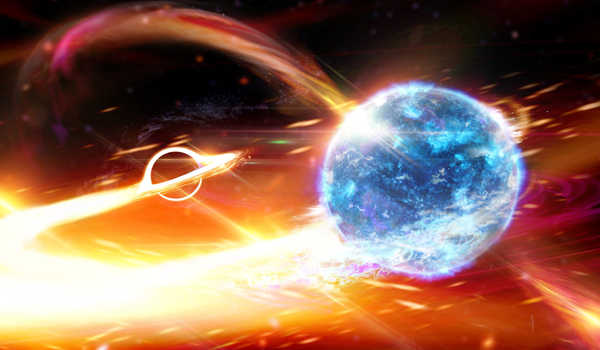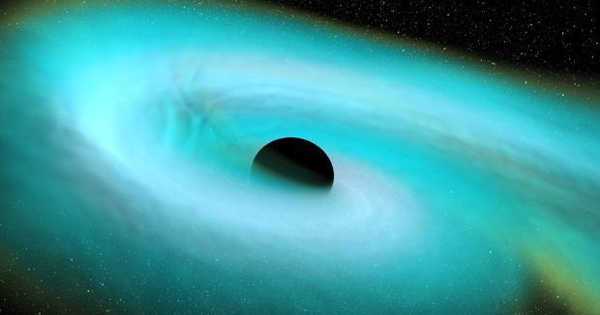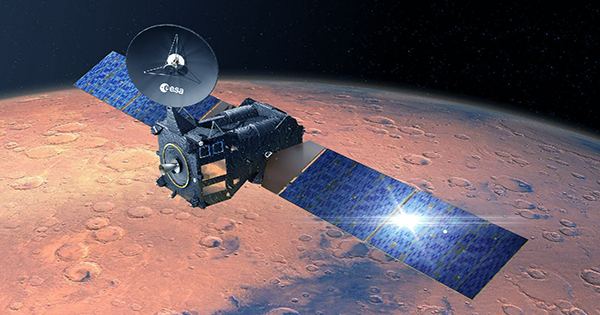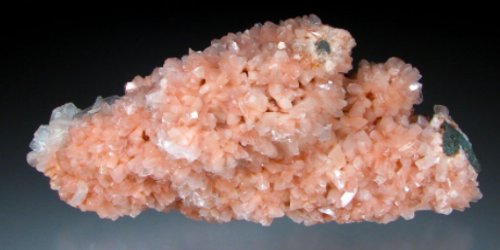A long time ago, in two galaxies about 900 million light-years apart, two black holes each devoured their neutron star companions, causing gravitational waves to hit Earth in January 2020. The observation of the two events, which occurred just 10 days apart, marks the first detection of a black hole merging with a neutron star.
Two events, detected just 10 days apart by an international team of astrophysicists led by Northwestern University researchers, mark the first-ever detection of a black hole merging with a neutron star. Researchers will be able to draw the first conclusions about the origins of these rare binary systems and how frequently they merge as a result of the findings.
“Gravitational waves have allowed us to detect collisions of pairs of black holes and pairs of neutron stars, but the elusive missing piece of the family picture of compact object mergers has been the mixed collision of a black hole with a neutron star,” said Chase Kimball, a Northwestern graduate student who co-authored the study.
“Completing this picture is critical for constraining a wide range of astrophysical models of compact object formation and binary evolution. Predictions of the rates at which black holes and neutron stars merge are built into these models. With these discoveries, we now have measurements of the merger rates for all three types of compact binary mergers.”
A long time ago, in two galaxies about 900 million light-years away, two black holes each gobbled up their neutron star companions, triggering gravitational waves that finally hit Earth in January 2020.
The findings will appear in the Astrophysical Journal Letters. Researchers from the LIGO Scientific Collaboration (LSC), the Virgo Collaboration, and the Kamioka Gravitational Wave Detector (KAGRA) project are part of the team. Kimball, an LSC member, led the calculations of the merger rate estimates and how they fit into predictions from the various neutron star and black hole formation channels. He also contributed to discussions about the discovery’s astrophysical implications.
Vicky Kalogera, the principal investigator of Northwestern’s LSC group, the director of the Center for Interdisciplinary Exploration and Research in Astrophysics (CIERA), and the Daniel I. Linzer Distinguished Professor of Physics and Astrophysics in the Weinberg Colleges of Arts and Sciences, and Christopher Berry, an LSC member and the CIERA Board of Visitors Research Profess, co-advise Kimball. Maya Fishbach, a NASA Einstein Postdoctoral Fellow and LSC member at Northwestern, is another co-author.

Two events in ten days
The team observed the two new gravitational wave events, dubbed GW200105 and GW200115, on January 5, 2020, and January 15, 2020, respectively, during the second half of the third observing run of the LIGO and Virgo detectors, known as O3b. Despite multiple follow-up observations by multiple observatories, none detected light from either event, which is consistent with the measured masses and distances.
“Following the tantalizing discovery, announced in June 2020, of a black-hole merger with a mystery object, which may be the most massive neutron star known,” Kalogera said, “it is also exciting to have the detection of clearly identified mixed mergers, as predicted by our theoretical models for decades now.” “A powerful way to answer the foundational questions of origins will be to quantitatively match the rate constraints and properties for all three population types.”
GW200115 was detected by all three large detectors (both LIGO instruments and the Virgo instrument), which resulted from the merger of a 6-solar-mass black hole and a 1.5-solar-mass neutron star roughly 1 billion light-years from Earth. The direction of the waves’ origin can be determined to a part of the sky equivalent to the area covered by 2,900 full moons using observations from three widely separated detectors on Earth.
Just ten days before, LIGO detected a strong signal from GW200105 using only one detector while the other was temporarily unavailable. While Virgo was also watching, the signal was too quiet in its data for Virgo to detect. The astronomers deduced from the gravitational waves that the signal was caused by a 9-solar-mass black hole colliding with a 1.9-solar-mass compact object, which they eventually concluded was a neutron star. This collision occurred approximately 900 million light-years from Earth.
Because the signal was so strong in only one detector, the astronomers were unable to pinpoint the exact location of the waves’ origin. Although the signal was too faint for Virgo to confirm its detection, its data did help narrow the source’s potential location to about 17% of the entire sky, which is equivalent to 34,000 full moons.
Where do they come from?
The researchers can now estimate how frequently such events occur in the universe because the two events are the first confident observations of gravitational waves from black holes merging with neutron stars. Although not all events are detectable, the researchers estimate that approximately one such merger occurs every month within a distance of one billion light-years.
While it is unknown where these binary systems form, astronomers have identified three possible cosmic origins: stellar binary systems, dense stellar environments such as young star clusters, and galaxies’ centers. The detectors are currently being prepared for a fourth observation run, which will begin in the summer of 2022.
“Now that we’ve seen the first examples of black holes merging with neutron stars, we know they’re out there,” Fishbach said. “But there’s still a lot we don’t know about neutron stars and black holes, such as how big or small they can get, how fast they can spin, and how they pair up to form merger partners. We will have the statistics to answer these questions with future gravitational wave data, and we will eventually learn how the most extreme objects in our universe are formed.”
















